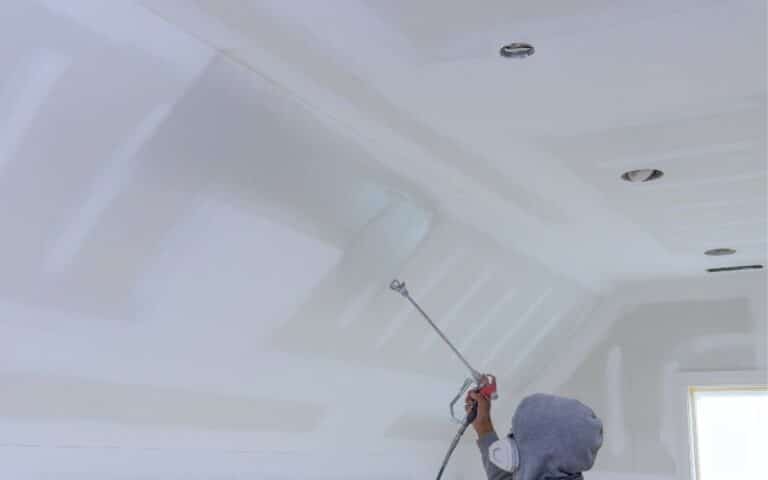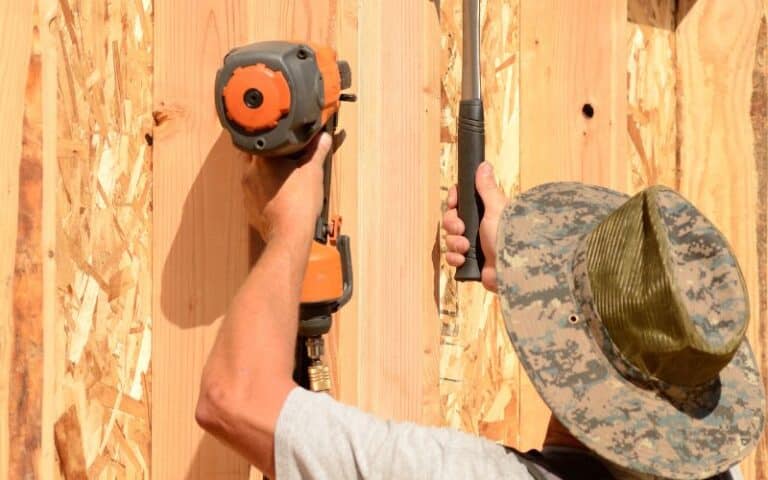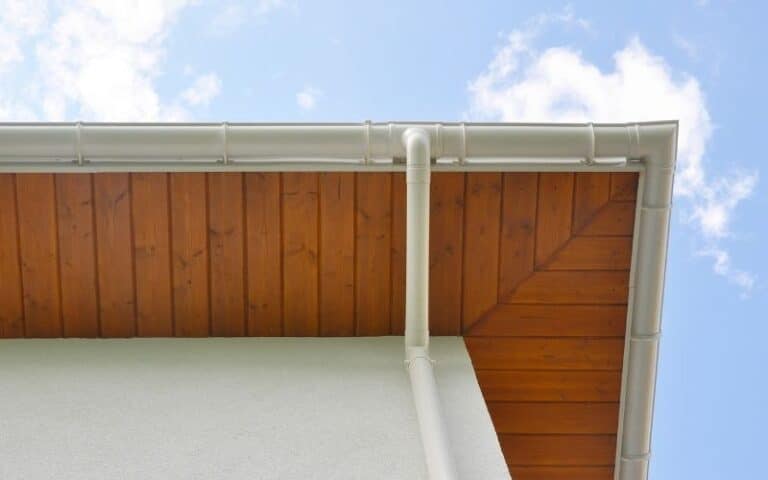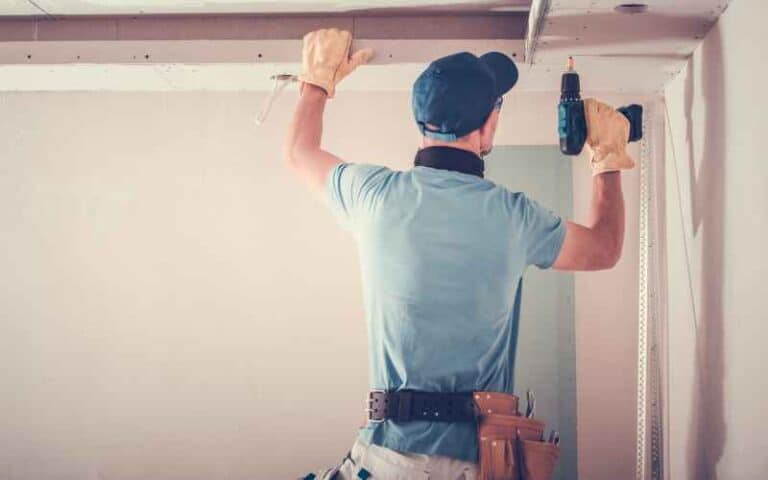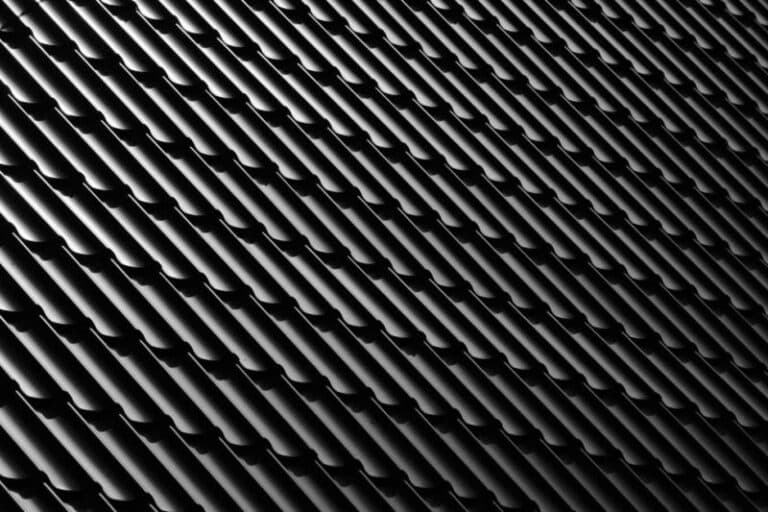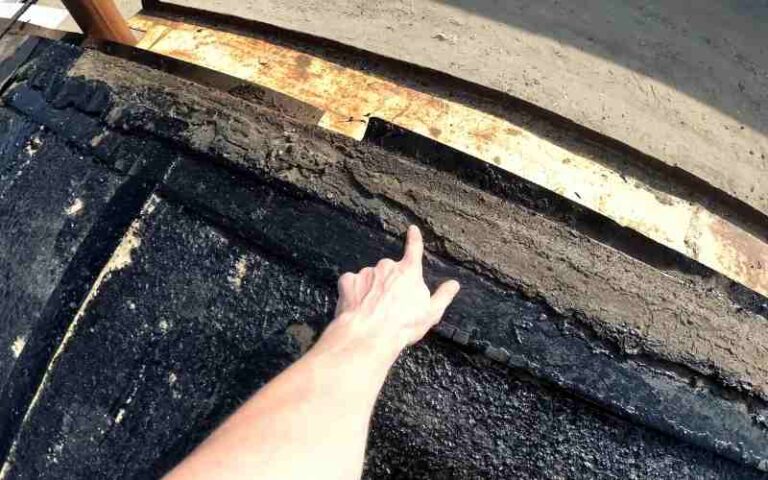Felt paper has been in existence for decades now, and it is an essential part of the roofing process of a building.
It helps protect the building from water leakages in case of storms and heavy rain and provides an extra layer of protection for the roof deck.
In addition, it saves costs by enabling your roof to last longer and preventing your wood from decaying.
Yes, felt paper can go over ice and water shields. Although they are different, both felt ice water shields protect your building against leakages from heavy rain, storms, and snow leakages. In addition, felt paper over an ice water shield serves as extra protection for your roof.
Ready for a Roofing Quiz?
Do You Put Felt Over Ice and Water?
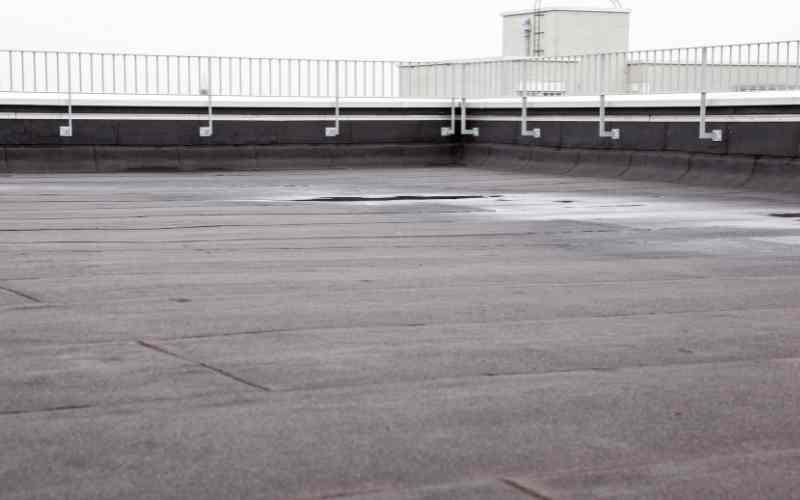
You can put felt over ice and water to serve as extra protection for your building. Although installing the ice water shield will provide enough protection for your facility without installing felt, additional protection never hurts anyone.
Before choosing which roofing underlayment will be convenient for your building, you need to understand the different types and their purpose.
Different roofing underlayments act as a layer of protection between your roof decking and your shingles.
For example, both the felt paper and ice water shield are types of underlayment.
Types of Roofing Underlayment
There are three common types of roofing underlayment, and they are;
- Felt Paper
- Synthetic Felt Paper
- Rubberized Asphalt
We will be looking at these types of roofing underlayment to understand them better and know-how and, when needed, know their usefulness to enable you to make the best decision for your house.
#1. Felt Underlayment
When considering installing felt for your roofing underlayment, you have to know what exactly felt is the type and its uses.
Felt, known as tar paper, is used between the wood and shingles of your building to protect the building against harsh weather such as snow, heavy rain, and more. It is of two types, namely;
- Traditional felt paper.
- Synthetic felt.
#2. Traditional Felt Paper
The traditional felt paper or tar paper is a felt paper soaked in asphalt, and it has been in existence for years and is cheaper to install than the synthetic felt paper.
The asphalt, also known as bitumen, helps create that waterproof shield that helps us protect our building.
However, although cheaper, it isn’t as effective as the synthetic felt because the water resistance reduces with time and no longer covers your building from the weather.
#3. Synthetic Felt Paper
The synthetic felt paper is an upgrade from the traditional felt paper though more expensive.
In addition, polyethylene, polypropylene, and fiberglass increase resistance to mother nature’s harsh conditions, making them more durable than traditional felt paper.
Benefits of Felt Paper In Roofing
- It protects your wood decking from being damaged in the long run.
- Tar paper repels water from damaging your home during heavy rain, storms, etc. In addition, it protects your home from water leakages.
- If the shingle becomes loose, the felt installed provides an extra layer of protection.
- It extends the lifespan of your roofing.
- Before putting up your shingles, the felt can be used as a temporary roof to protect the wood from mold and decay.
Ice and Water Shield
Ice water protector is for protecting your roof from ice and water damage. It protects your roof decking if water gets underneath your shingles; it keeps the water from affecting the interior.
It is a rubberized membrane that sticks to itself, so it is a rubberized asphalt underlayment and different from felt, although similar in use.
The ice water shield is more expensive and has an advantage over felt which is that it seals the nail when it penetrates its shield due to its rubberized membrane.
Though not all ice and water have this advantage, Grace ice water has this advantage and has made a name in the industry.
Install the ice water protector before the roof drips, and the places more vulnerable to ice dams are as they should. Places like the eaves, vent, and chimneys are the main focus.
Sometimes, ice water is on the entire roof with a ventilation system. However, covering the whole top with an ice water shield results in a vapor barrier resulting in your decking not being able to breathe.
Benefits of Grace Ice Water in Roofing
Grace ice water is more beneficial than the traditional ice water shield. Some of its benefits include;
- It protects the house from leakage due to ice dams.
- It helps protect your house from wind-driven rain and vulnerable areas on your roof.
- It has a slip-resistant surface that makes it safer to install by contractors.
- It maintains its integrity and lasts for a long time as the membrane will neither dry nor rot.
- You can use grace ice water to reroof your building, i.e., you do not need to remove the old underlayment to install the new one.
We know the difference between tar paper and ice water shields, the available types, and the benefits. We can make informed decisions about putting tar paper over the ice water shield when we have these details.
Now that you understand the basics of tar paper and ice water shield, you can proceed with the installation based on your budget and the housing suitable for the area.
The next thing is to install the underlayment required. Finally, I’ll take you through the installation procedure to see which suits your needs, be it just the felt or ice water or the installation of felt over the ice water shield.
How To Install Felt In a Building?
Felt installation in a roof is not just about buying the felt and installing it; you have to ensure that everything is done correctly before its installation.
Here are the steps to installing felt on the roof of your building;
- Firstly, installing the solid decking of the roof with plywood.
- Put the drip edge of the nail metal on every roof edge. Then, tighten the drip edge on its eaves using a hammer and galvanized nails at 12-inch padding. Ensure to do all this before laying the roof felt.
- Start the felt installation at the bottom corner of your deck, then roll it to the extreme edge of its deck on top of the drip edge.
- After rolling felt about 10 feet, fasten it with roofing pins carrying plastic washer tops using a hammer every 8 inches.
- Add a new overlay of 2-3 inches felt and tighten it to secure the covering of the felt’s bottom. Next, roll out the felt to the end of the roof and ensure that it is straight, then trim the flush at the end of the felt with a utility knife.
- Place the roll of felt so that it crosses over four inches of the beginning of the new roll, then fasten the old and new felt to the building’s decking.
- Using a utility knife, the place felt on vent pipes and tighten it around the vent’s bottom. Lay the felt on top of metal flashing edges about the pipes and vents. Do this from the roof to the top and fold the felt over it. However, ensure that three or more inches overlap, then tighten it on both the left and right. Do the same for the adjoining angle of the roof.
How to Install Ice Water Shield?
To install the ice water shield, you have to prepare your deck by removing the dust and debris, ensuring there’s no damage to the deck even going as far as repairing it before installing it.
Here are the steps to installing the underlayment.
- After clearing the decking of dust and debris so the ice water shield can stick to it, you then measure the roof and calculate the amount of ice water shield required.
- After getting the amount of ice water shield required, buy it and then cut it using a utility knife.
- Place the material on the roof, and make a mark with chalk to keep the material straight. Following this line, place the ice water shield on the deck and ensure no gaps or pucker is present. Finally, remove the protective backing until the installation is complete.
- If there is a valley in the building, install the ice water shield there following the same procedure, the only difference is it will be installed on one side of the valley at a time to avoid gaps or puckering under it.
Related: Why Dewalt Table Saw Blade Won’t Raise?
Conclusion
In conclusion, getting underlayment for our homes is good as it offers us protection against harsh weather and saves us a lot on repairs in the long run.
Installing the felt or ice water shield would ensure your home is protected. Installing tar paper over ice and water shields ensures you cover all bases that safeguard your home.

